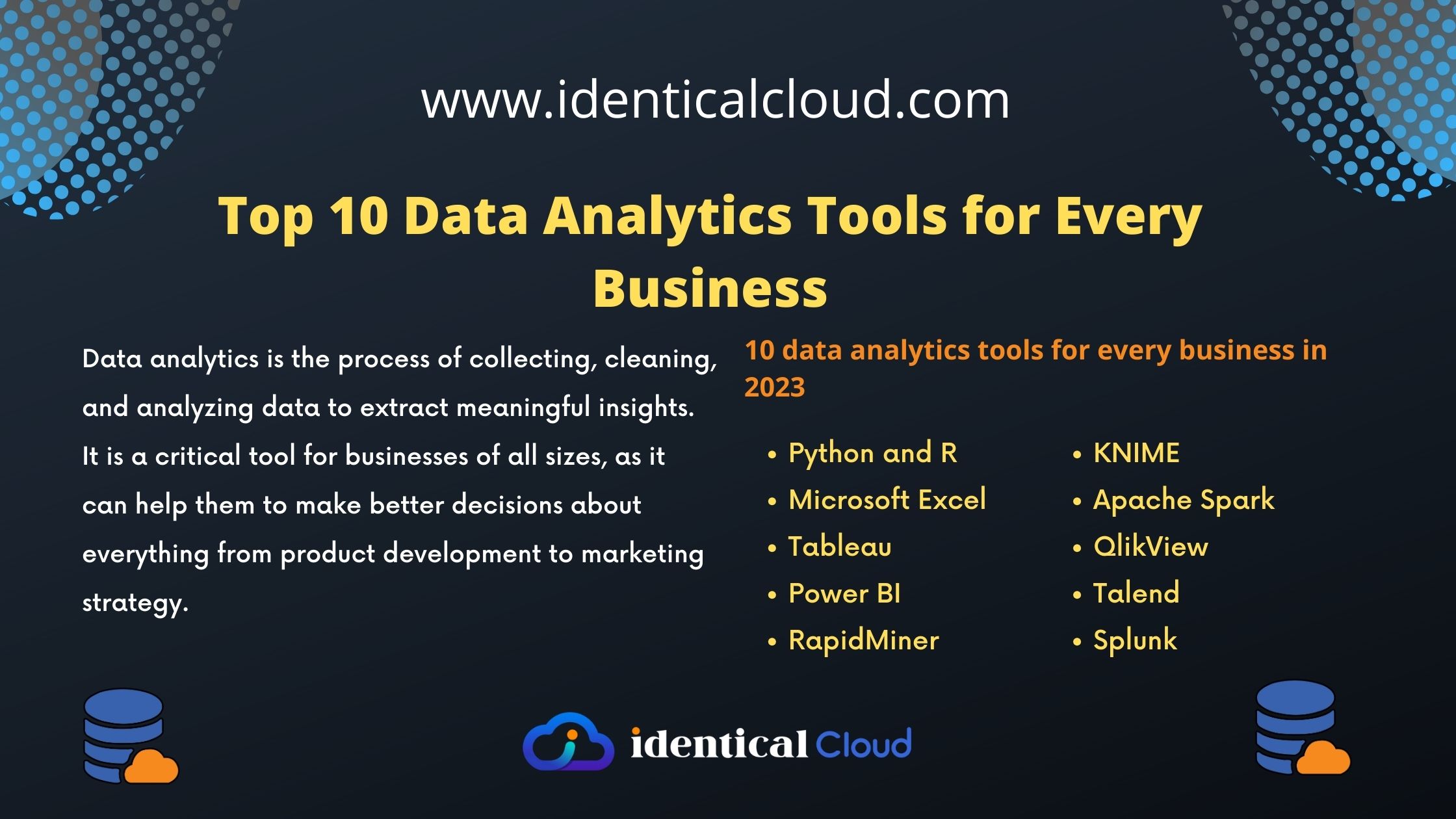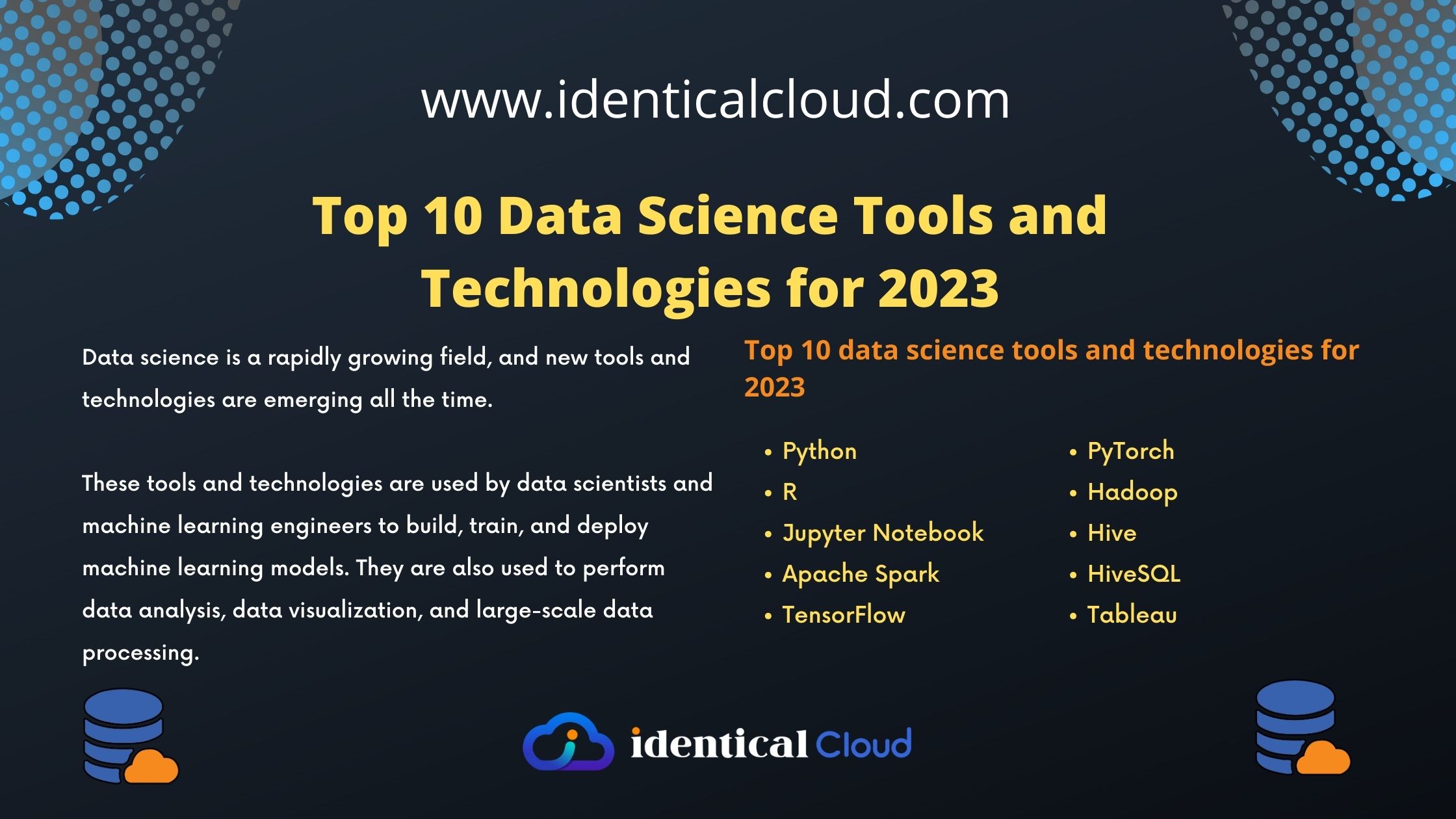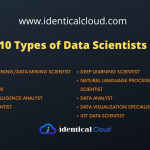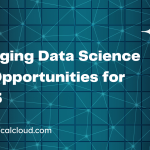Python for Data Science: A Complete Guide
Python for Data Science: A Complete Guide
Python is a popular programming language for data science because it is easy to learn, has a large community of users and developers, and has a wide range of libraries and tools for data science tasks.
In this blog post, we will provide a comprehensive guide to using Python for data science:
- Python basics
- Data science with Python
- Python libraries for data science
- Case studies of Python for data science
Python basics
If you are new to Python, we recommend that you start by learning the basics of the language, such as variables, data types, operators, and control flow statements. You can find many online tutorials and resources for learning Python basics.
Data science with Python
Data science is a process of extracting knowledge from data. Python can be used for all aspects of the data science process:
- Data collection and cleaning: Python can be used to collect data from a variety of sources, such as databases, web APIs, and sensors. Python can also be used to clean data by removing errors and inconsistencies.
- Data analysis: Python can be used to perform a variety of data analysis tasks, such as statistical analysis, machine learning, and data visualization.
- Data visualization: Python can be used to create interactive and informative data visualizations.
Python libraries for data science
There are many Python libraries available for data science tasks.
- NumPy: NumPy is a library for scientific computing with Python. It provides a high-performance multidimensional array object and a large collection of mathematical functions.
- Pandas: Pandas is a library for data manipulation and analysis. It provides high-performance, easy-to-use data structures and data analysis tools.
- Matplotlib: Matplotlib is a library for data visualization. It provides a variety of functions for creating charts, graphs, and other visualizations.
- Scikit-learn: Scikit-learn is a library for machine learning. It provides a wide range of machine learning algorithms and tools.
Data Science Process with Python
The data science process involves several key steps:
- Data Collection: Gather and retrieve data from various sources, including databases, APIs, and external files.
- Data Cleaning: Use Pandas to clean and preprocess data, handling missing values, outliers, and data transformations.
- Exploratory Data Analysis (EDA): Employ data visualization libraries to gain insights from the data, identify patterns, and make data-driven decisions.
- Feature Engineering: Create relevant features from the data to improve model performance.
- Model Building: Utilize Scikit-learn for building and training machine learning models. Choose appropriate algorithms and evaluate model performance.
- Model Deployment: Once a model is trained, deploy it for predictions in real-world applications.
- Communication: Visualize and communicate the results and findings using Matplotlib and Seaborn for compelling data stories.
Case studies of Python for data science
Python is used by data scientists at companies of all sizes, from startups to large enterprises. Here are a few case studies of how Python is being used for data science:
- Netflix: Netflix uses Python to recommend movies and TV shows to its users.
- Google: Google uses Python to power its search engine and other products.
- Amazon: Amazon uses Python to analyze customer data and improve its product recommendations.
Python is a powerful tool for data science. It is easy to learn, has a large community of users and developers, and has a wide range of libraries and tools for data science tasks.
If you are interested in learning data science, we recommend that you start by learning the basics of Python. Once you have a good understanding of Python, you can start learning about the different Python libraries and tools for data science.










